
Robert's Rules Of Order Newly Revised In Brief
First Edition: 1876 plus...
Published by Da Capo Press, a subsidiary of Perseus Books LLC
ISBN: 9780306813542
Pages: 208
Recommendation
In conference rooms and assembly halls around the world, people often lead and participate in meetings according to the processes detailed in Robert’s Rules of Order. The people at most sessions, however, need only about 20% of the rules and guidelines in the original book. That’s why Henry M. Robert III, William J. Evans, Daniel H. Honemann and Thomas J. Balch abbreviated the encyclopedic master text into this handy, easier-to-use version, focusing on the more up-to-date rules and uses. They cover all the basics, including how to introduce motions, participate in debates and take votes. The book also describes the jobs of the officers and board members, as well as providing templates, charts and examples of what to say and do to run meetings smoothly and fairly. Although the rules may be old-fashioned in some settings, they remain useful meeting management guidelines, particularly in forums where accountability matters. Whether you have to direct a corporate board or run a charity committee, getAbstract recommends this concise reference book.
Summary
About the Authors
Henry M. Robert III, William J. Evans, Daniel H. Honemann and Thomas J. Balch were authorized by the Robert’s Rules Association Council to update Robert’s Rules of Order. Robert is the grandson of General Robert, the author of the original Rules. Evans is former president of the National Association of Parliamentarians. Honemann is an attorney. Balch is a lobbyist and analyst.








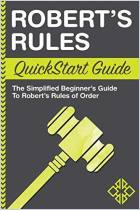

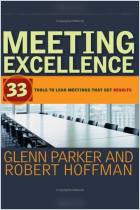
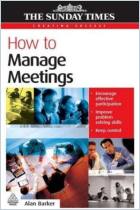
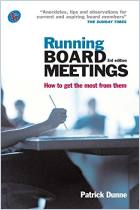
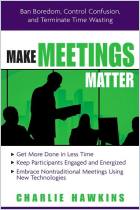




Comment on this summary or Démarrer une discussion